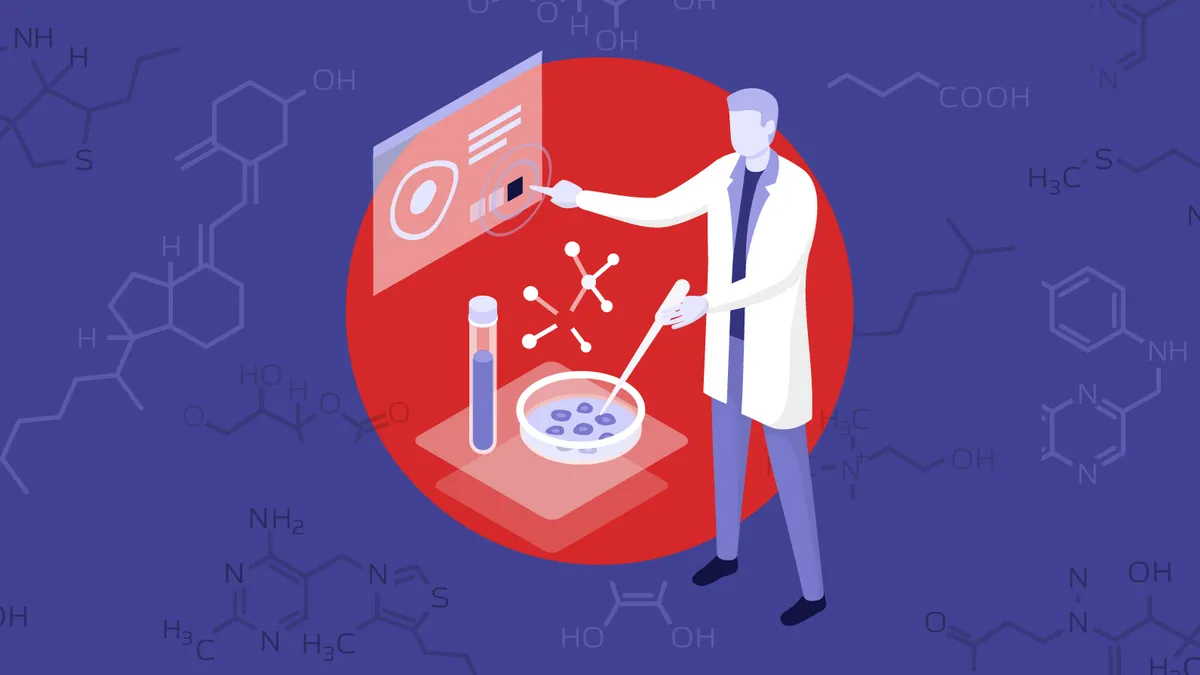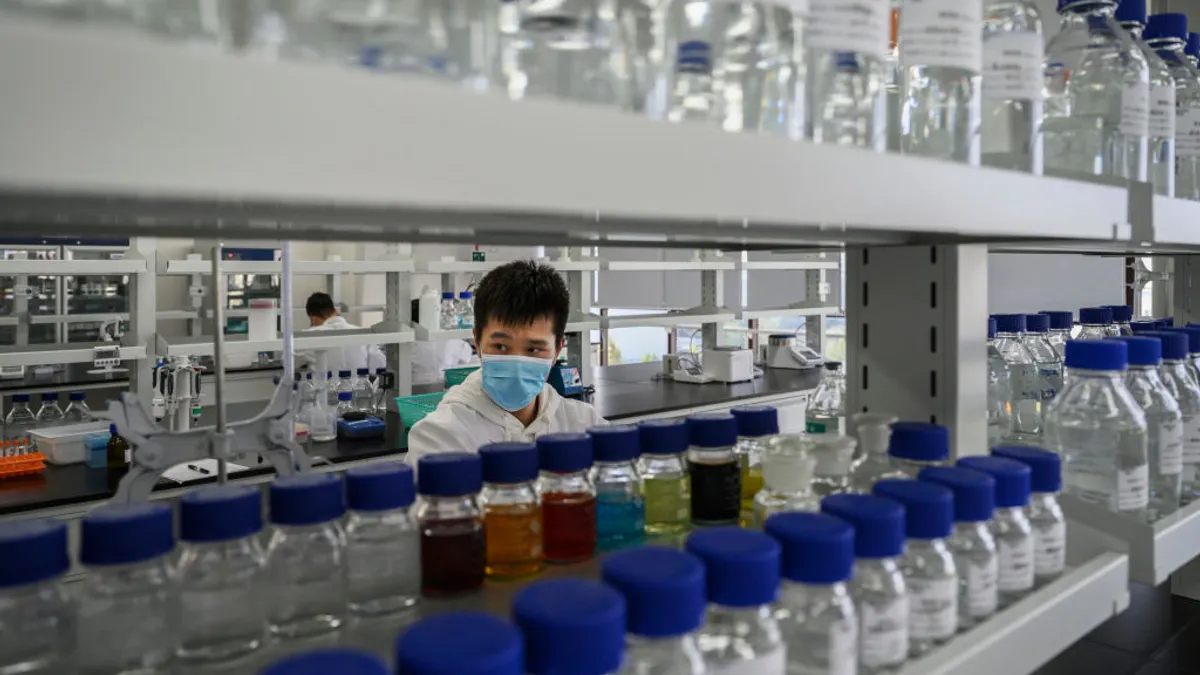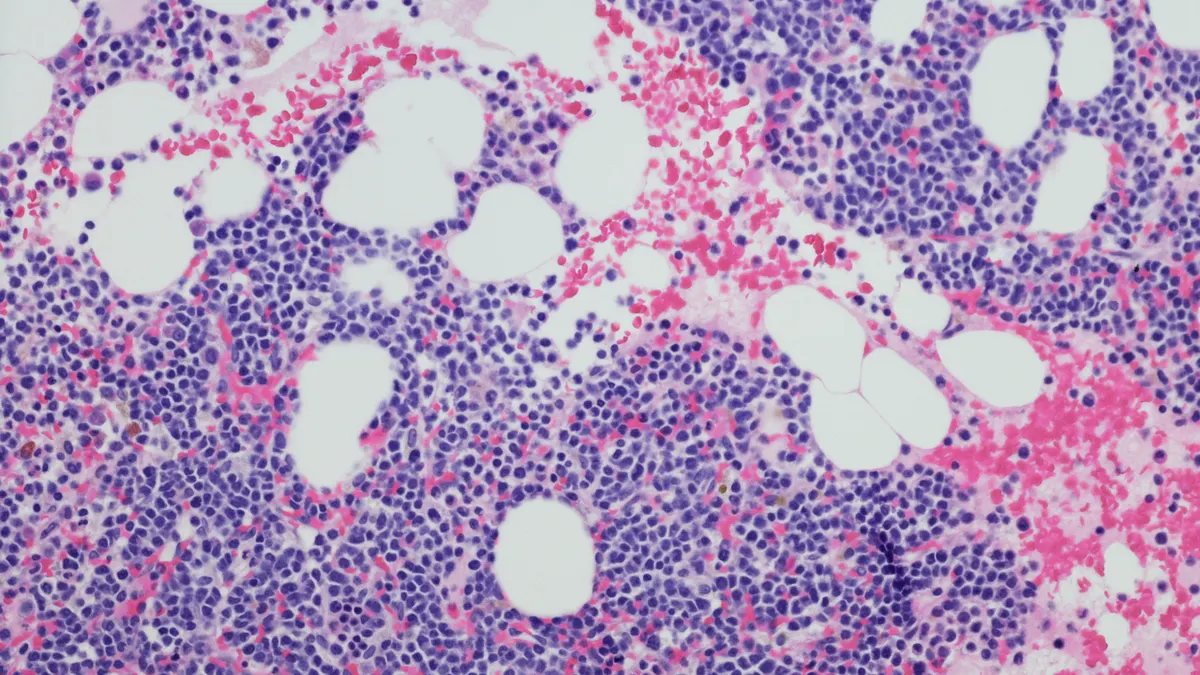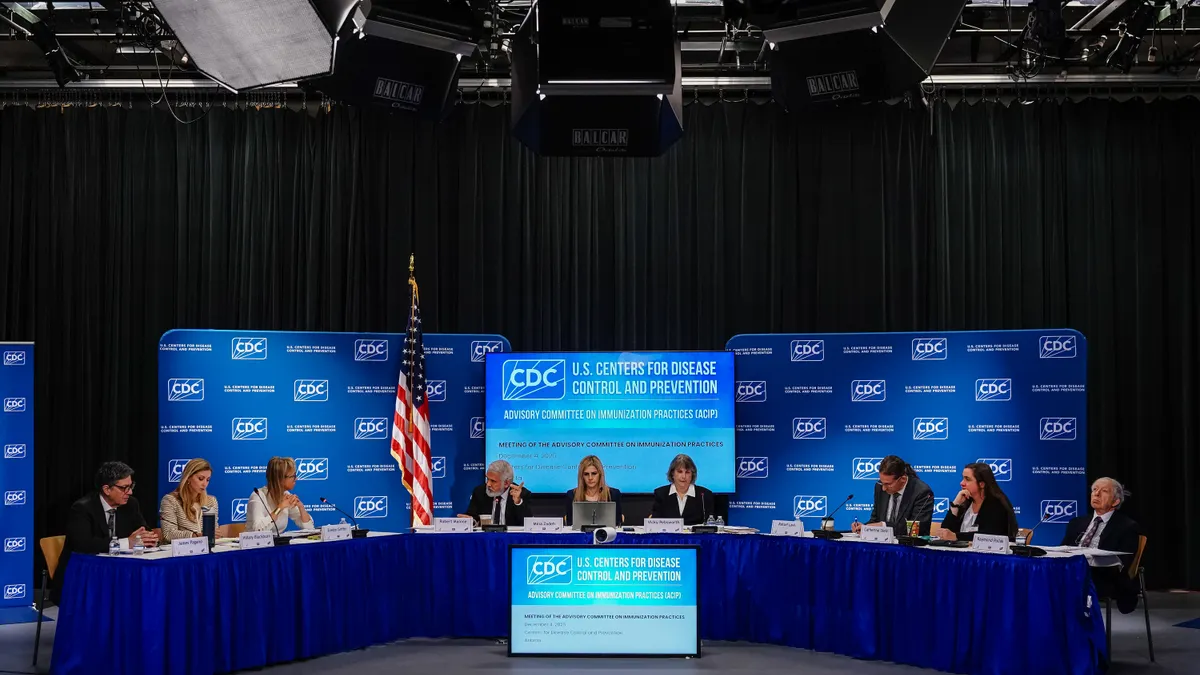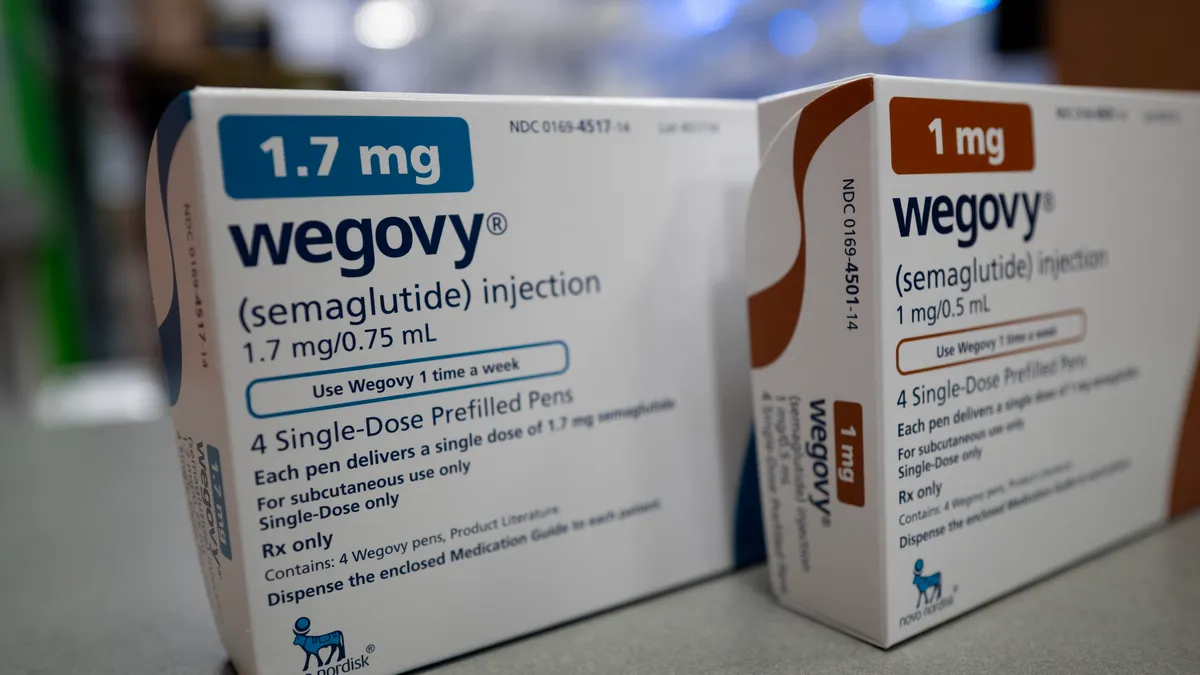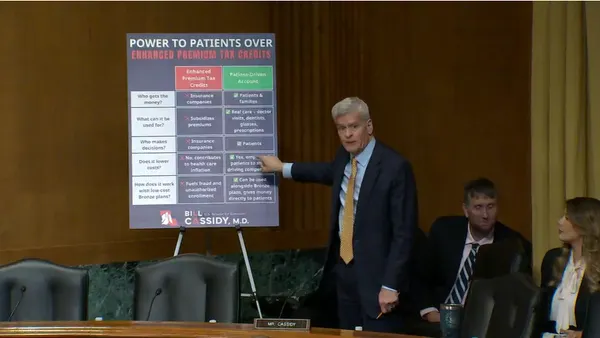Sales from two of Vertex Pharmaceuticals’ newest products appear to have dampened an earnings report that otherwise met or slightly exceeded expectations on Wall Street.
Vertex recorded a little over $3 billion from July through September, up 11% from the same three-month period a year prior. More than 85% of that total came from Trikafta, a three-in-one medicine for cystic fibrosis.
Trikafta did the “heavy lifting,” while the rest of Vertex’s earnings were “relatively underwhelming,” according to Evercore ISI analyst Cory Kasimov.
In a note to clients, Casimov explained the launches of Vertex’s Journavx and Casgevy fell a bit short of analyst forecasts. Journavx, a non-opioid drug approved early this year for the “acute” pain typically felt after an accident or surgery, generated almost $20 million in the third quarter. That’s up 63% from the second quarter. Yet analysts had, on average, hoped to see closer to $23 million.
Vertex highlighted throughout its earnings report the progress made with the Journavx launch. Between early March, when the drug became available at pharmacies, through mid-October, more than 300,000 prescriptions have been written and filled. By that later date, north of 170 million people in the U.S. had covered access to it. And about 90 of 150 large healthcare systems that Vertex has been targeting are offering Journavx in some way.
These updates suggest “solid underlying demand momentum,” wrote Cantor Fitzgerald analyst Carter Gould. Broadly, though, “this remains a show-me story.”
Journavx entered the market as a highly anticipated alternative to opioid-based therapies, with analysts pegging it as a product that would eventually earn more than $1 billion annually. But to reach that level, millions of prescriptions need to be written. Vertex will have to overcome significant challenges to get there, chiefly price and commercial fit. Journavx, initially set at $31 per day, is many times more expensive than some generic opioids. It’s also been shown to be about as pain-relieving as a weak opioid, stirring debate amongst doctors about where such a drug would be most useful.
Sales of Casgevy, meanwhile, totaled $17 million, down more than 40% from the prior quarter. First approved in late 2023, Casgevy is a therapy used to treat sickle cell disease as well as another blood condition that can cause severe anemia, fatigue and misshapen bones. It's made by harvesting a patient’s own blood stem cells, genetically engineering them to produce a key protein, then infusing them back into the patient — who has already undergone chemotherapy to clear space for these new cells to grow.
Casgevy's effects are close to curative, which has sparked a high level of interest among potential patients. However, its administration process is arduous, hard on the body and extremely technical, stretching from months up to a year.
Around 165 prospective Casgevy patients had their first cell collections as of Sept. 30, including 50 people in the third quarter, according to Vertex. On a call with investors, Duncan McKechnie, Vertex’s newly minted chief operating officer, said the company has a “clear line of sight to over $100 million in Casgevy revenue this year.”
Analysts maintained that the launches of both Journavx and Casgevy are heading in the right direction. Whether they’re doing so fast enough to appease investors is less apparent. Shares of Vertex dropped as much as 5% early Tuesday, though they had climbed back up to flat by mid-morning.
“While access progress and patient enrollment dynamics for these respective therapies are promising, we do think investors may not be inclined to look past the clear revenue misses,” wrote Christopher Raymond, an analyst at the investment firm Raymond James, in a note to clients.
Brian Abrahams, of RBC Capital Markets, argues that these launch challenges and Vertex’s increased spending put more pressure on two of the company’s experimental kidney drugs to succeed. Late-stage results for those drugs, which are known as povetacicept and inaxaplin, should arrive over the course of next year.
The former of those two has drawn particular interest. Researchers are evaluating it as a treatment for “IgA nephopathy,” a chronic kidney condition that’s become an intensely competitive area of drug development. Abrahams and his team anticipate that povetacicept would, if it comes to market, bring in at least $1.2 billion in yearly sales at its peak.
Corrected: A previous version of this story incorrectly attributed earnings commentary from Duncan McKechnie to Vertex’s former chief operating officer, Stuart Arbuckle.





